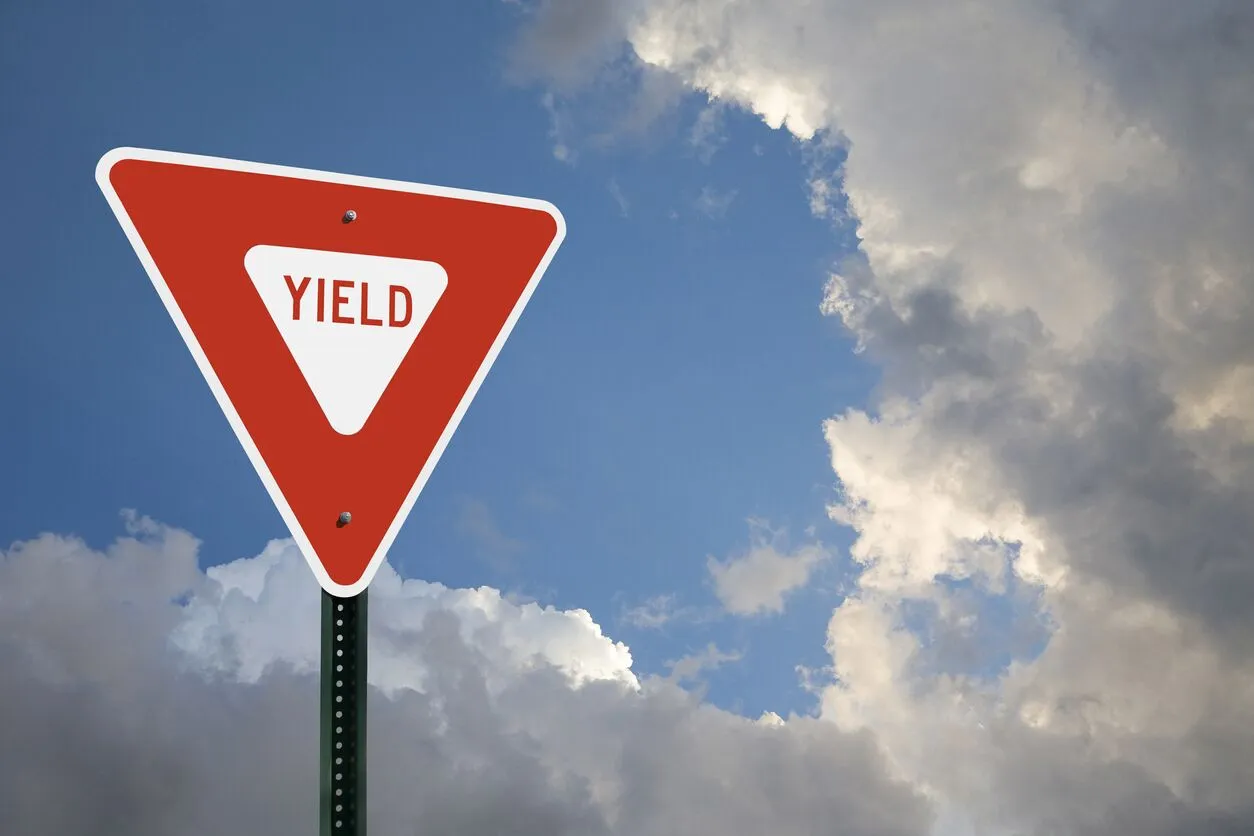Navigating Pennsylvania’s roads and intersections can often be a challenge, particularly when it comes to understanding who has the right of way. Right of way laws are a fundamental component of road safety, designed to regulate the flow of traffic, minimize accidents, and protect pedestrians and drivers alike. In Pennsylvania, these laws are detailed and specific, addressing a wide range of scenarios, from intersections to crosswalks, and even railroad crossings.
This article provides a comprehensive overview of Pennsylvania’s right of way laws, with a focus on their importance, the situations they cover, and tips for adhering to them.
What Are Right of Way Laws?
The term “right of way” refers to the legal right of a driver, cyclist, or pedestrian to proceed first in a specific traffic situation. Pennsylvania’s laws prioritize safety by assigning the right of way in various scenarios to prevent collisions and confusion. It is crucial to note that having the right of way does not absolve anyone of the responsibility to exercise caution.
The Pennsylvania Department of Transportation (PennDOT) emphasizes that yielding appropriately is essential, particularly when it can prevent accidents. Drivers should always remain alert and aware, regardless of who technically has the right of way.
Key Scenarios Addressed by Pennsylvania’s Right of Way Laws
- Intersections Without Traffic Signals
When approaching an intersection without traffic control devices, Pennsylvania law mandates that the driver on the left must yield to the driver on the right. This “yield-to-the-right” rule ensures smooth traffic flow in situations where signals or signs are absent. - Stop Signs and Traffic Signals
At intersections controlled by stop signs, drivers must come to a complete stop and yield to any vehicle or pedestrian already in the intersection or approaching from another direction. Similarly, at traffic signals, vehicles must yield to pedestrians crossing the street within marked or unmarked crosswalks. - Pedestrian Crosswalks
Under Pennsylvania law, drivers must yield to pedestrians at crosswalks, whether they are marked or unmarked. Pedestrian safety is a top priority, and drivers should be prepared to stop whenever a pedestrian steps onto the crosswalk. - Roundabouts
Roundabouts, which are increasingly common in Pennsylvania, have their own set of rules. Drivers entering a roundabout must yield to vehicles already circulating within it. This ensures a continuous flow of traffic and reduces the risk of accidents. - Emergency Vehicles
When emergency vehicles such as police cars, ambulances, or fire trucks approach with flashing lights or sirens, Pennsylvania law requires drivers to yield immediately. Drivers must pull over to the side of the road or stop, allowing the emergency vehicle to pass safely. - School Buses
One of the most critical aspects of right of way laws pertains to school buses. In Pennsylvania, drivers must stop at least 10 feet away from a school bus when its red lights are flashing and the stop arm is extended. This applies to traffic in both directions unless there is a physical barrier or median separating the road. - Railroad Crossings
Railroad crossings are another important area where right of way laws apply. Drivers must yield to any oncoming train and stop at least 15 feet away from the tracks when warning signals are activated.
Penalties for Violating Right of Way Laws
Failure to comply with Pennsylvania’s right of way laws can result in severe penalties, including fines, points on your driving record, and increased insurance rates. For instance, ignoring a school bus stop signal can lead to a $250 fine, a 60-day license suspension, and five points on your driving record.
To understand the full extent of penalties, drivers can refer to the Pennsylvania Vehicle Code, which outlines violations and corresponding consequences in detail.
Tips for Following Right of Way Laws
- Stay Alert: Always be mindful of your surroundings, particularly in high-traffic areas or near pedestrian zones.
- Practice Patience: Rushing to claim the right of way often leads to accidents. Waiting a few seconds can prevent a collision.
- Yield When in Doubt: If you are unsure who has the right of way, it is safer to yield and proceed cautiously.
- Obey Traffic Signs and Signals: They exist to guide and regulate right of way in complex situations.
Conclusion
Pennsylvania’s right of way laws are essential for maintaining order and safety on the roads. By understanding and adhering to these laws, drivers, cyclists, and pedestrians can coexist more harmoniously, reducing the likelihood of accidents and ensuring a smoother traffic flow.
To stay informed about road safety and traffic regulations, visit the Pennsylvania Department of Transportation website, which offers valuable resources for drivers. Ultimately, right of way is not just about rules—it’s about respect and responsibility on the road.
Disclaimer – Our team has carefully fact-checked this article to make sure it’s accurate and free from any misinformation. We’re dedicated to keeping our content honest and reliable for our readers.








